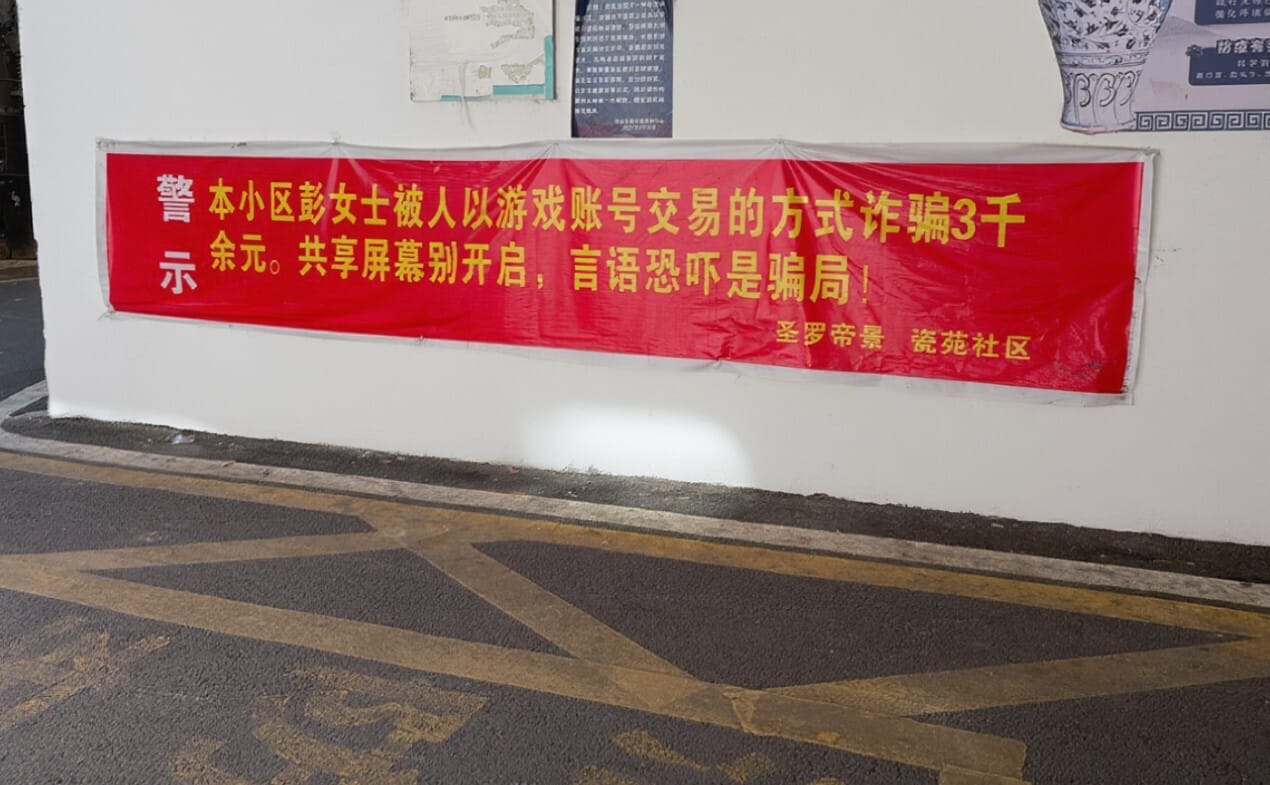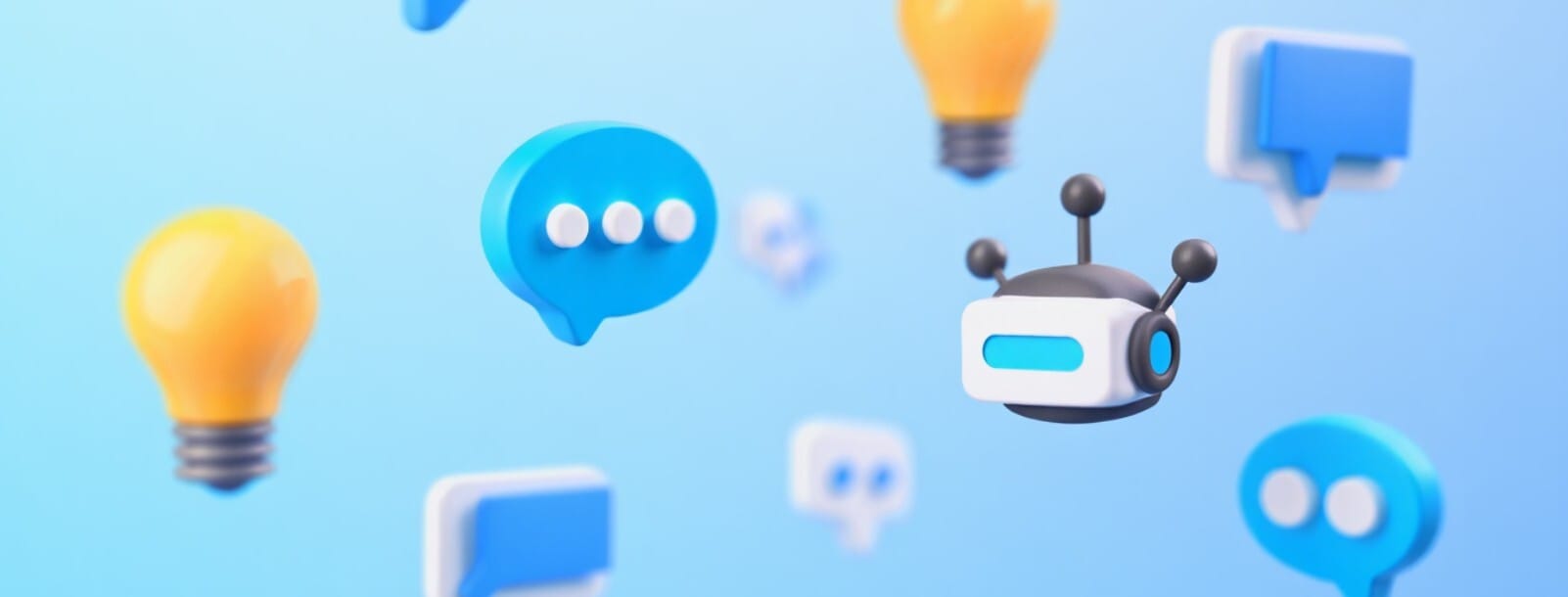- AgeFriendly.AI
- Posts
- 😈 The new face of fraud
😈 The new face of fraud
👋 Good morning, and happy Tuesday!
You Instead of the usual preamble, let me share four recent discoveries that tell a surprisingly coherent story about living in 2025.
First, the good news: inner peace apparently increases with age. Brilliant. We've earned it. Second, if you want to stack the longevity deck even further, learning a second language could give you three more years of healthy ageing.
But if language learning isn't your thing and you're still keen on extending your lifespan, there's always herbal remedies—though fair warning, 82% of those books on Amazon were likely written by AI.
And speaking of AI, here's where it gets proper weird: new research shows that being “very rude” to large language models actually improves their accuracy by 4%. So go ahead, abuse the #%$^&*! out of the chatbot while writing your next herbal remedies bestseller.
What a time to be alive (and ageing well).
What we cover this week:
AI-driven fraud targets aged care systems and older Australians
Bridging the AI divide through self-efficacy
Big shifts ahead in tech for dementia
Free workshop: practical GenAI skills
Claude now exports directly to Word, Excel, and more
LATEST DEVELOPMENTS
DIGITAL THREATS, REAL HARM
The new face of fraud: AI threats to our organisations and older Australians

This poster in my apartment building warns residents that someone in our complex has lost 3,000 yuan to an online scam.
AI-enabled crime is creating new risks for both aged care organisations and older people, with attacks that can now scale to millions of targets simultaneously whilst requiring fewer technical skills to execute. Off-the-shelf AI tools have lowered the barrier for criminals to carry out schemes that previously required significant resources.
For aged care providers, AI can be used to automate intrusions into critical infrastructure such as utility systems and care records, with attackers able to attempt millions of access attempts per second, something that is impossible for human-only attacks. Anthropic recently disclosed what seems to be the first large-scale cyberattack executed without substantial human intervention (i.e. AI did 90% of the work), targeting 30 organisations, including healthcare facilities. Given the sector's increasing need for digitisation and the sensitivity of client data, there’s no better timing than now for aged care providers to review their cybersecurity. (This was a key topic at Connected Health's event last month at the Gold Coast, where providers discussed practical approaches to infrastructure security).
For older people, deepfake voice technology poses particular danger, as criminals can convincingly impersonate family members or trusted individuals to extract money or personal information. Stolen identities can lead to financial fraud, and AI-generated scams can be personalised at scale based on information harvested from social media and data breaches.
I think that banks could and should do more for the clients. I liked this idea from the US, where the GreyMatter system that some banks use, monitors transaction patterns to detect scams, fraud, cognitive decline, and financial exploitation across over 60 risk patterns, flagging risks for older customers and their family members. Similar safeguards within Australian banks would provide valuable protection as these threats intensify.
In the meantime, education remains a critical defence. Pontem has a free eLearning module on cybersecurity for older people, featuring real-world examples designed to help learners develop digital safety practices and build confidence in identifying online threats, a practical resource aged care providers can use with residents and families today.
AI x OLDER AUSTRALIANS
How self-efficacy can bridge the digital divide

No one can deny there is (and has been) a digital divide in Australia, and this survey confirms it for AI as well. The survey of over 5,500 Australians found that 69% of young adults aged 18-34 are using generative AI tools, compared to just 15.5% of those aged 65-74. Education and income create similar gaps (bachelor's degree holders are 3 times more likely to use AI than those who didn't complete high school), and in the US, ChatGPT and Gemini ranked amongst the fastest-growing brands for high earners but didn't even crack the top 20 for lower-income households.
The technology is advancing faster than governments can respond, so we can't wait for top-down solutions. As aged care professionals, we need to take individual responsibility for understanding these tools and actively supporting older Australians to develop AI literacy. And as Jon Warner writes, “the real transformation happens when we shift from doing technology to older adults to doing it with them”. This participatory approach fosters self-efficacy, the belief that you can influence your own health outcomes, which research shows leads to better adherence, lower hospitalisation rates, and greater life satisfaction.
The key is focusing digital literacy education on practical, solution-based training: tools and processes that help older adults monitor blood pressure, track glucose levels, share this data with care teams, and make informed lifestyle adjustments. Let’s skip the generic "what is AI" workshops, and focus on practical uses of AI for older Australians.
TECH FOR AGED CARE
Big shifts ahead in tech for dementia care

I recently had a fantastic conversation with Laura Ramos about technology and dementia care—her passion for this work is genuinely infectious. She organised a brilliant panel discussion on tech and dementia last week at UTS, featuring researchers, founders, clinicians, and most importantly, people living with dementia and their care partners.
The event tackled some important shifts happening in the sector: moving from monitoring technologies that cocoon people, towards solutions that enable a good life, and recognising that the real innovation isn't chasing tech trends but embedding best practice across the workforce. Peter Duclos, a dementia advocate living with the condition, set the perfect tone by reminding everyone: "I have a lot of living to be done." Dr George Margelis, whose insights I always value, made a crucial point about dignity of risk and the need to help people continue doing the things "they would normally do, even though they may do them slower." The panel emphasised co-design and building technology that makes meaningful differences for actual users.
View Laura's takeaways from the session, and there's a recording available too. Well worth your time if you're working in aged care, dementia support, or health tech.
TRAINING
🎓 Practical AI Skills for Daily Operations in Aged Care

Hosted by Ageing Australia, I'll be presenting a free 2.5-hour workshop on the GenAI tools I'm using (think ChatGPT, Claude, NotebookLM, Gamma and more) with examples tailored to aged care and community services. We'll cover essential prompt engineering techniques, adoption strategies, and best practices for responsible AI use, also addressing common concerns around privacy and accuracy.
No prior AI experience required. This workshop is suitable for beginners through to those with some existing AI knowledge who want to deepen their skills.
WORKING WITH AI
🧩Export from Claude straight into Word, Excel and more
I know I’ve written about Claude for a couple of weeks now back to back (sorry, ChatGPT fanatics!) but Claude's file creation feature is now also available to Pro users in Australia, and it’s pretty good! Claude can now create and edit Word documents, Excel spreadsheets, PowerPoint presentations, and PDFs directly in chat. (Though as always, be mindful of data security when working with sensitive information).
Some examples as to how you can use it:
Prepare reports or meeting summaries formatted and straight in Word
Create Excel sheets from raw data
Turn policy documents into slide decks for staff training
Build charts and graphs from spreadsheet data
Clean and structure messy datasets
Merge multiple data sources into a single report
Create powerpoints, ready to download and edit (wow!)
Here’s a promo video by Claude showcasing this feature.
I’m not here to hype trends. I’m here to explore the changes shaping ageing—technology included—and to share ideas you can apply in practice. Whether you’re exploring new tools, rethinking services, or looking ahead to what’s coming, I hope you found something here worth your time.
Feel free to forward this to your network or share it with your team.
See you next Tuesday,
George

I'd love to hear your thoughts—feel free to connect with me on LinkedIn or check out my website to learn more about my work.
